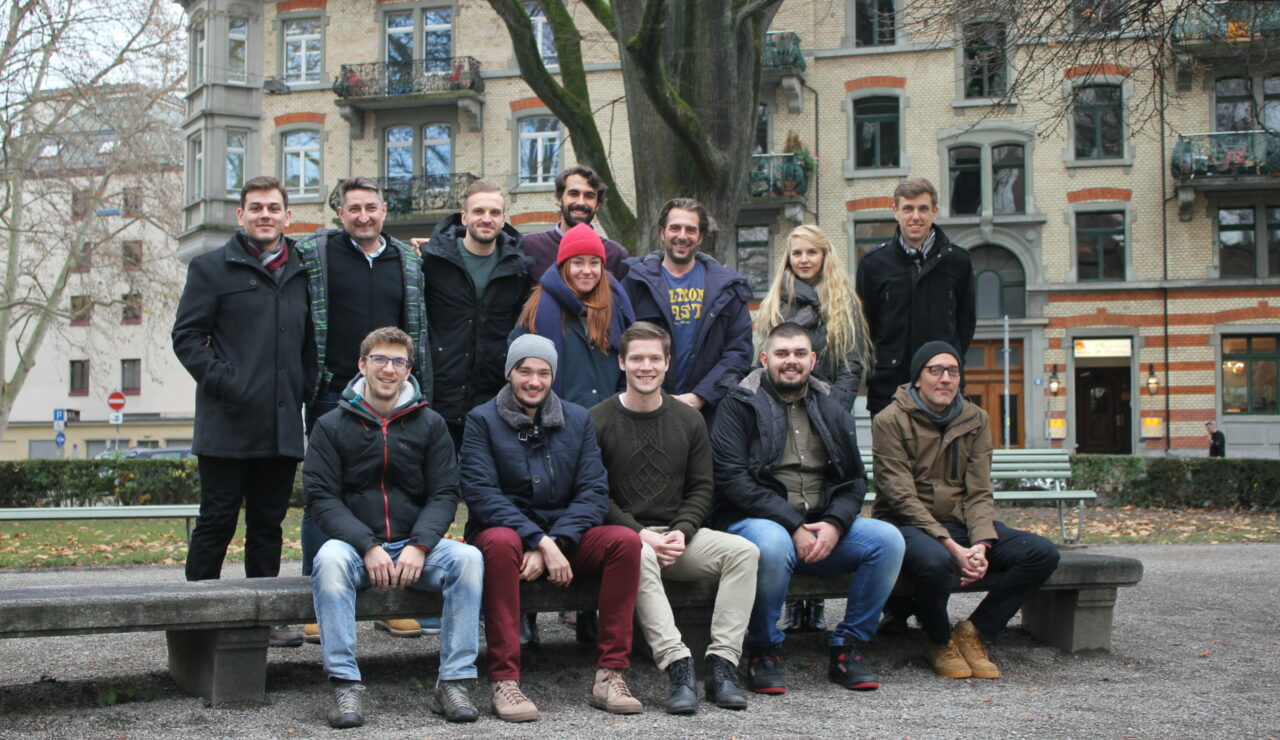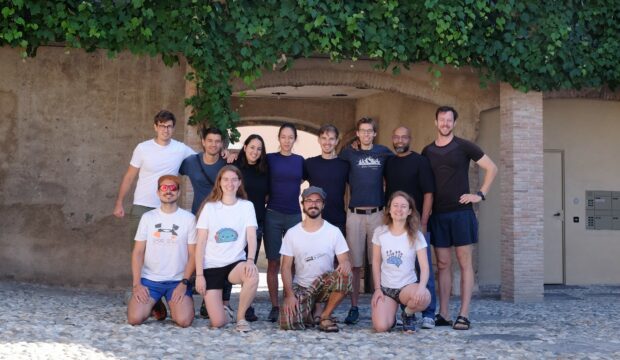
Marco Hochstrasser, Co-Founder & CTO of nexoya, who implemented their employee stock ownership plan with LEXR, talks about the idea behind nexoya, what insights they get from all the marketing data they analyze, and why the “slicing pie” was the right method for the founders to use for their stock split.
Marco, what challenges are you solving with nexoya?
Marketers today work with an average of 10-15 paid and organic digital marketing channels. Over 90% of them do not optimize their marketing across channels, meaning each channel is optimized individually. Consequently, you lose up to 30% efficiency every month. There are various reasons for this. On the one hand, the data for the channels usually can only be viewed on specific platforms. On the other hand, budgets are often allocated on a channel-specific basis, regardless of the fact that most platforms are extremely dynamic.
Nexoya solves these challenges. We aggregate all data in one place and make them easily accessible. This includes, for example, data for website visits, clicks, completed sales but also exogenous factors such as weather and many more. We then apply artificial intelligence to analyze this data and predict the future performance of the respective campaigns & channels. Afterward, we derive suggestions on what to do next, e.g. budget X should be shifted between campaigns & channels Y & Z in order to get the maximum return.
Our solution was able to improve our client’s return by up to 72% within 2-3 months and that is of course exciting for every marketeer.
How did you come up with the idea for nexoya?
My co-founder Manuel and I both studied IT. Manuel had been in entrepreneurship for a long time, and I worked at Swisscom for quite a while. A few years ago, we realized that the newly available computing power and technologies, especially in the field of artificial intelligence, enable much more use cases than previously possible. We looked at the market to explore where people or professions have a lot of data, but difficulties accessing them or to easily apply artificial intelligence. By coincidence, we came across the field of marketing: We noticed that marketers have all their data available digitally but can hardly work with it in an easy fashion. On one hand, because the data is distributed and not integrated and on the other hand because they lack the technical expertise to apply AI.
We both worked in the field of large-scale IT systems (Salesforce & SAP). We, therefore, were well-aware of the challenge of data integration. Taking a closer look at the topic, we realized that most marketers work with Excel to bring the data together and this mostly once a month and not on a daily basis. We realized that applying artificial intelligence was out of reach for most of them. As a result, we decided to tackle the problem end-to-end, from data collection and presentation to intelligent analysis and recommendations.
New ways – also for the equity split. How did you discover the Slicing Pie Model?
We founded the company in 2018 and knew that we would not be able to invest the same amount of time in the beginning, due to various circumstances (asymmetrical time investment at the beginning, i.e. family, etc.). Therefore, we searched for a way on how to make the investment model fair. We could have chosen the option of a simple split, e.g. 40/60, but we didn’t think the model was entirely balanced. Especially if something changes in the proportional investment of both of us over the coming years. We wanted a dynamic system that would allow us to represent the allocation of shares by the total monetary and time investment over a specific time period. I first heard about the Slicing Pie Model through my Silicon Valley connections – a somewhat complex but dynamic equity allocation program. After a few conversations with US colleagues, it became clear that the system was a very good fit for us.
Slicing Pie for employees – what’s your take on employee ownership in a startup?
The slicing pie model has allowed us to elegantly solve our “startup founder split” issue. In addition, it has given us the opportunity to include new employees easily. When starting a business, you don’t always have the possibility to pay market salary, especially not in Switzerland. With the Slicing Pie model, we were able to give employees shares from the beginning and to compensate for this gap.
Ideally, every employee is a shareholder in the company from the start. We think that employees have a completely different drive when they are not only employed but can also call a part of the startup their own. The motivation is different, even if they only own 1% of the company. As a startup, we can offer exactly that and want to use it as a differentiator. The possibility to involve employees helps us in recruiting and the employees basically work for themselves.
You’ve worked with LEXR for the slicing pie model, data contracts, and other legal aspects – how was your collaboration with LEXR, and why did you choose us?
We were looking for a partner who has a similar way of working. Someone who can discuss hands-on topics with us, and answers specific questions quickly. An “as we go” model instead of having 10 people in a big call every time. We were looking for a partner who has the same mindset as we do and is willing to approach new topics with an open and excited mind. With LEXR we have found exactly that. The mindset and the groove of LEXR fits, the response and processing cycles are great and if we need help quickly, they always make it possible.
With nexoya you have analyzed large amounts of marketing data. What were the biggest surprises for you?
The biggest surprise for us was that the big platforms including paid media sometimes simply deliver the wrong data. We would have never thought that such quality problems exist in a digital marketing space that has been around for 10-20 years and is already so important for many companies.
Correction of data points is sometimes delivered weeks later. E.g. data on how much was spent or how many times something was opened, etc. At this point, it’s too late for the marketer who already made investment decisions based on the data to re-act. Of course, the correct delivery of the data is complex. Nevertheless, it amazed us that there are such quality differences in a market with the given experience and maturity.
Related
100+ companies, both big and small, are starting and growing their business with LEXR.
Let’s Go!
Book a free, non-binding discovery call to discuss how we can help you achieve your business goals.
Or feel free to reach us directly via email at [email protected].



